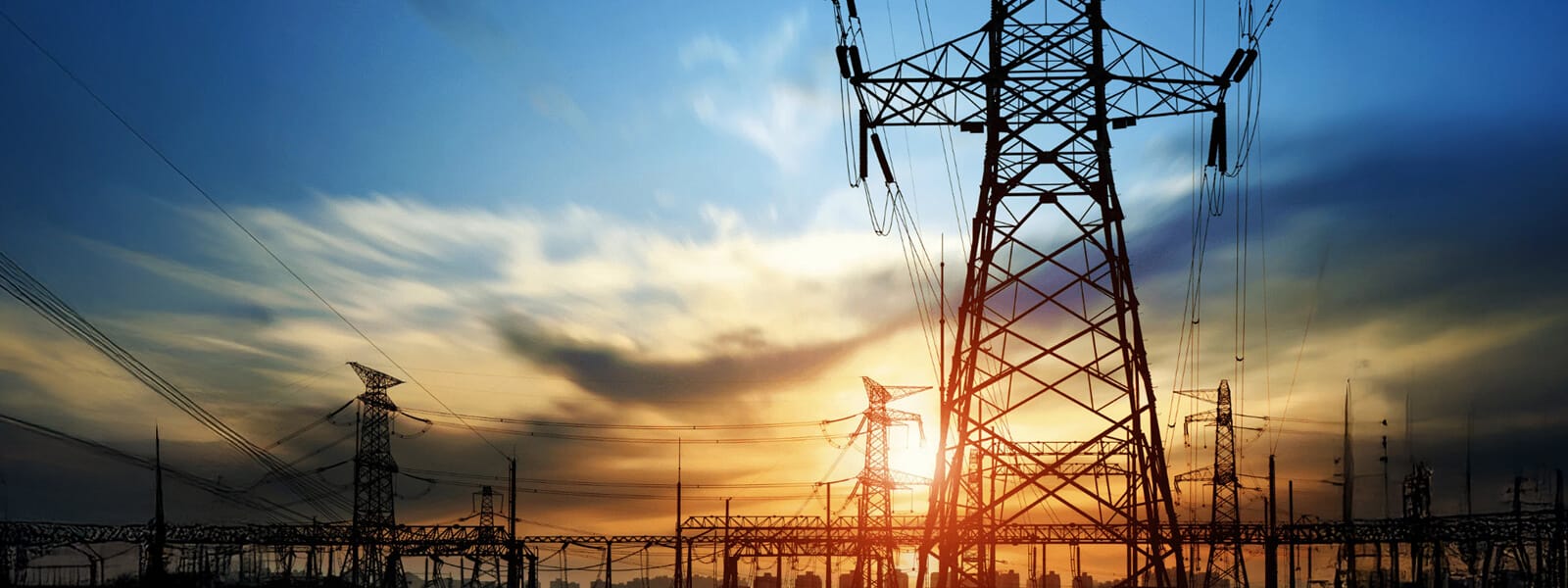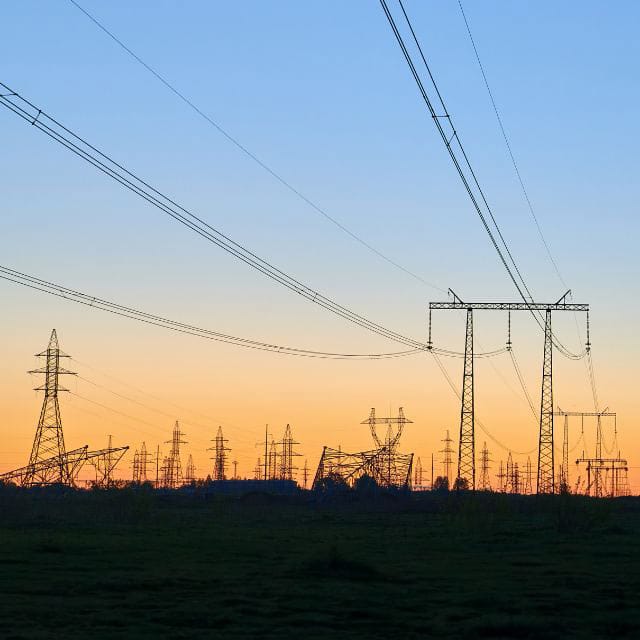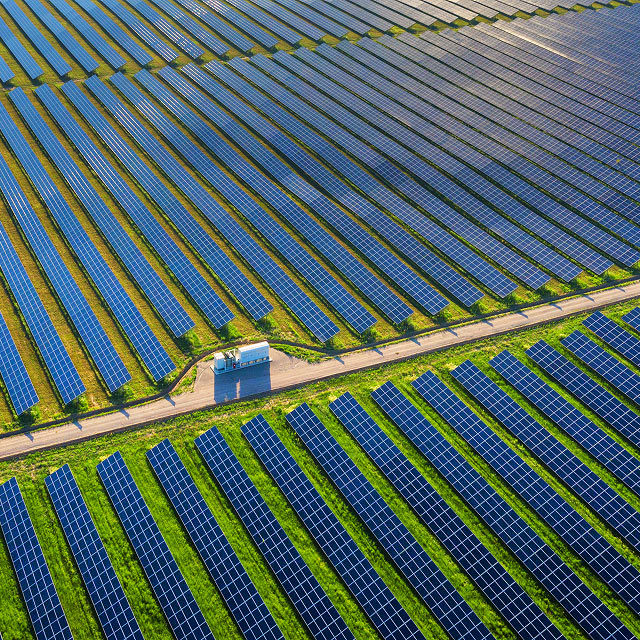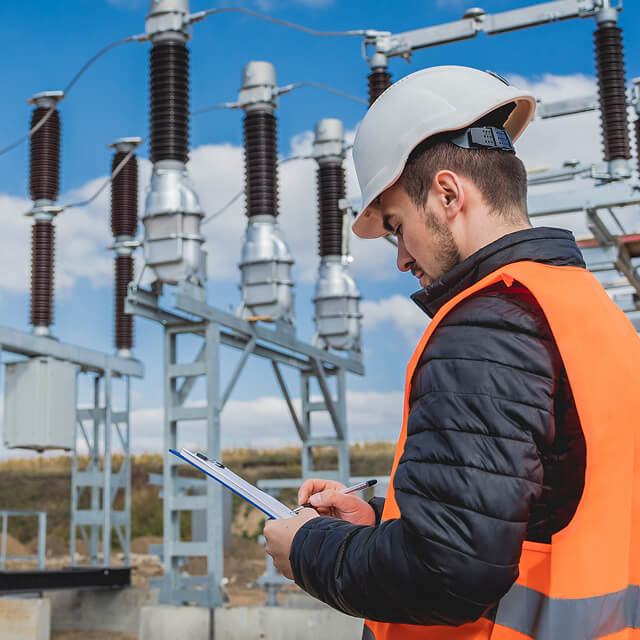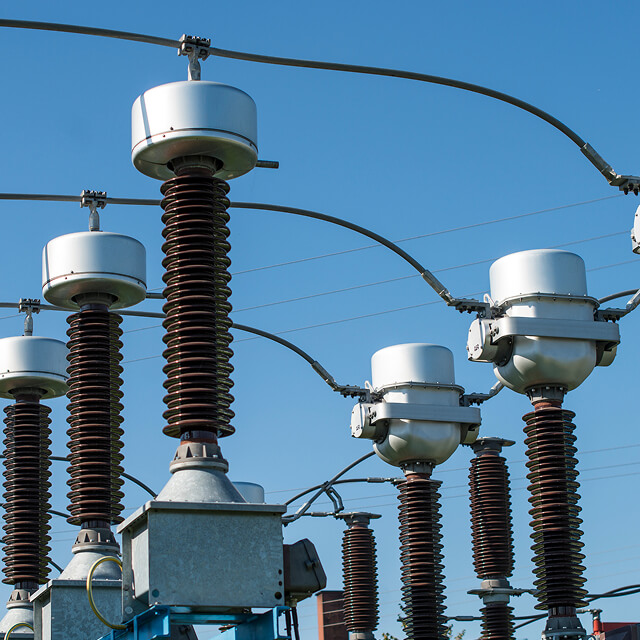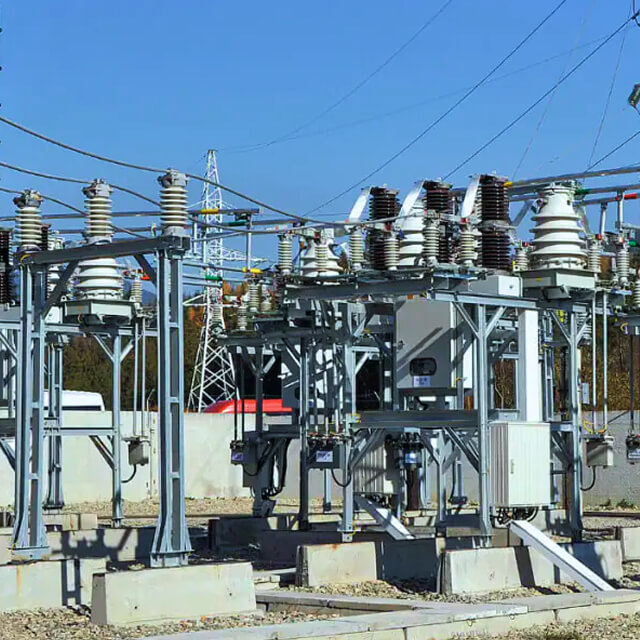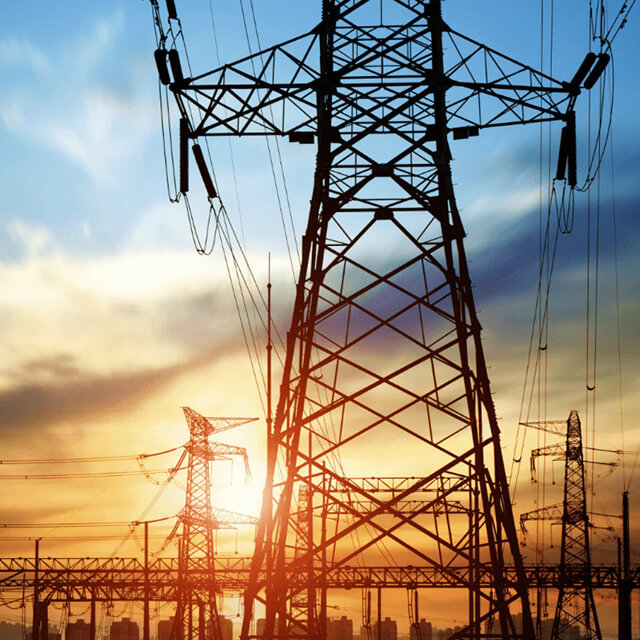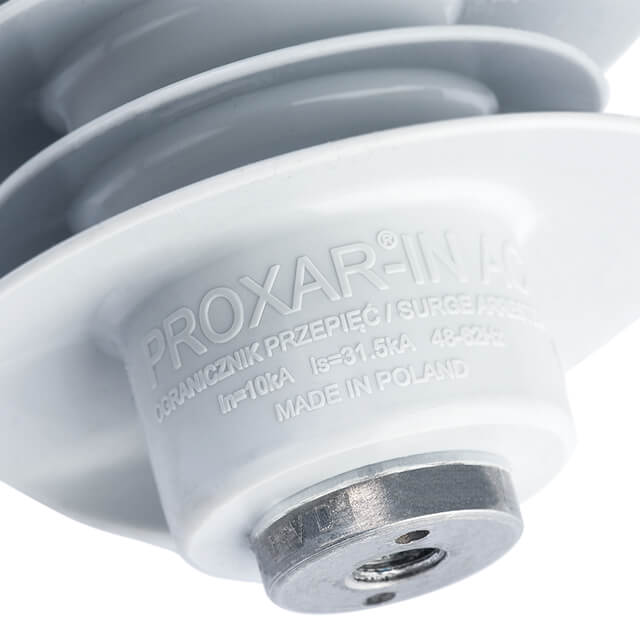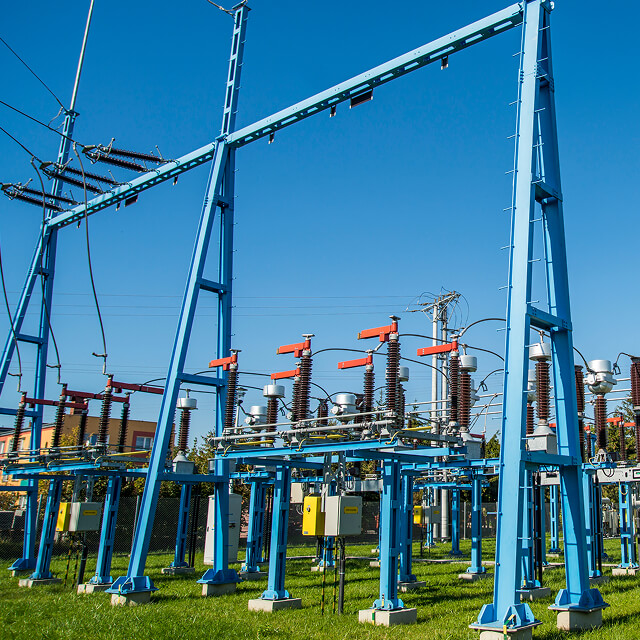The European Commission has put forward guidelines that increase the maximum voltage of systems serving power generation. As Polish distribution companies have followed the current of the regulations, many of them established their own ones. This change has made it difficult for many designers to select the right arrester parameters. Thus, we explain how to correctly interpret the new guidelines and what to do to meet the specific requirements. We also explain what the 145 kV value in these designs really refers to.
Free consultationTable of contents:
Maximum system voltage: what have the regulations changed and why?
According to the current guidelines of the European Commission, the maximum system voltage Us can no longer be 123 kV, but 126,5 kV (in one hour).
Commission Regulation (EU) 2016/631 of April 14, 2016, establishing a network code on requirements for the connection of generating units to the power grid (NC RfG):
Article 25(1) - voltage conditions
an AC-connected offshore power park module shall be capable of staying connected to the network and operating within the ranges of the network voltage at the connection point, expressed by the voltage at the connection point related to reference 1 pu voltage, and for the periods specified in the table below:
| Voltage range | Operating time |
| 1,118 pu - 1,15 pu (*) | 60 minutes |
| 1,05 pu - 1,10 pu (**) | 60 minutes |
(**) The voltage base for pu values is from 300 kV to 400 kV.
This change was introduced as a result of the work of the EU technical committees, which took into account the characteristics of green energy generation. It was taken into account that in facilities such as:
- hydropower plants,
- wind farms,
- photovoltaic farms,
- other generating units.
Therefore, surge arresters must be properly selected for such voltages.
What problems did the new guidelines cause?
Many designers wondered which of the parameters that characterize each surge arrester should be adjusted to the new regulations. Remember that they apply to 110 kV systems, which is the nominal voltage (UN).
For such systems, the maximum voltage (formerly UM, and now Us) is 123 kV in Poland. And it is to this value that the equipment in the system, including surge arresters, is selected to ensure an adequate operating point, effective level of protection, and long life.
Bonus: about surge arresters for projects from Western Europe.
The vast majority of RES projects have arrived in Poland from Western Europe. Germany, for example, also uses 110 kV systems, but due to differences in their configuration, Un of 132 kV and Us of 145 kV are assumed for this type of network. This further complicated the selection of an arrester with appropriate parameters if projects are implemented in Poland.
How to select an arrester for Us = 126.5 kV?
But let's return to our main problem: the proper selection of an arrester for a system where, according to the new regulations, the maximum voltage can no longer be 123 kV, but 126.5 kV (for one hour).
Surge arresters should be selected in simplified terms as follows:
126.5 kV / √3 = 73.12 kV
Our standard arrester has a Uc of not less than 77 kV.
Conclusion: there is no need for special selection in this regard.
What if we find a requirement for 145 kV in the design?
We have already proved that standard arresters for 110 kV systems can be safely used in systems where Us 126.5 kV for one hour occurs, and the standard insulation strength of the arrester sheath is also sufficient.
And 145 kV? It should be properly interpreted as what this parameter refers to. Voltage of this value does not occur in our networks, but it appears in projects from Western Europe that are used for domestic deployments.
In such a situation, you can simply choose a surge arrester with Ur = 96 kV / Uc = 77 kV, but in a higher sheath that meets the insulation strength condition as for a network with Us 145 kV. Most of our Proxar® surge arresters can be made precisely in this longer sheath, and the cost of this modification is acceptable.
Proxar®. Unlimited trust also means that we provide advice and assistance in the selection of surge arresters.

